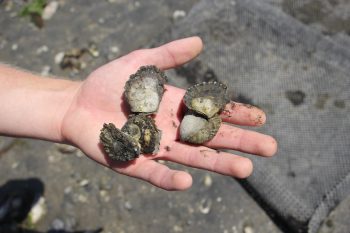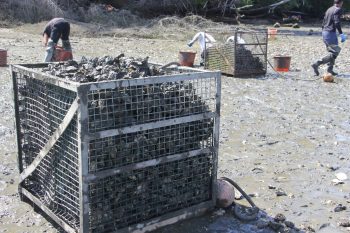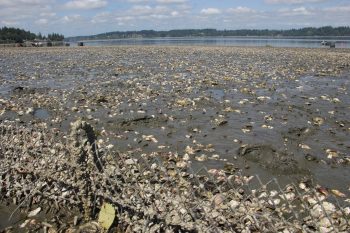Oyster Production in the Pacific Northwest: How sustainable is it?
Written by Teressa Pucylowski
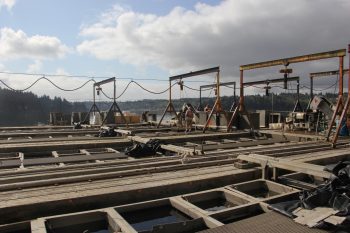
Oysters are a big deal in coastal Washington; they provide a source of food, economic profit, livelihood, and cultural tradition. Taylor Shellfish is the largest growing company in Washington State, making up the majority of oysters distributed and consumed. As a soon-to-be second year graduate student with the School of Marine and Environmental Affairs, I have spent the last several months looking at the sustainability of oyster production. More specifically, I am interested in ways to accurately measure impacts to the environment in a way that is both quantifiable and comparable.
I am using life cycle assessment (LCA) as a tool to do just that. LCA gives a holistic approach by measuring the impacts of a product from cradle to grave. In many ways, it is a much more robust measure of sustainability than other exiting methods in that is incorporates potential for greenhouse gas emissions, eutrophication, acidification, and pollution to the environment, as well as concerns such as water and land use, to name a few. Essentially, LCA can give us relatable values for the environmental footprints of products, such as oysters.
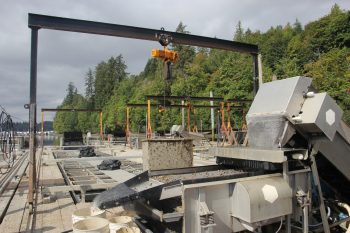
Performing a life cycle assessment of oyster production requires me to collect inventory on all of the inputs that go into the system – water, fuel, materials, energy, etc. To gather this data, I spent then day in Shelton, WA at Taylor Shellfish touring their beach farm, processing plant, and nursery (a.k.a the flupsy). I learned a great deal about oysters and the efforts Taylor has been making to become more efficient and reduce their carbon footprint, such as building better insulated walls in their new processing plant. Overall, oyster production at Taylor is low impact relative to other food sources, especially beef and pork; many of the oysters were beach grown (a low maintenance practice of simply throwing seed onto the tide flats and waiting for them to get big enough to eat) and are harvested by hand. As testimony to their sustainability efforts, Taylor Shellfish is about to become the first farm in the U.S. to receive certification by the Aquaculture Stewardship Council (ASC).

